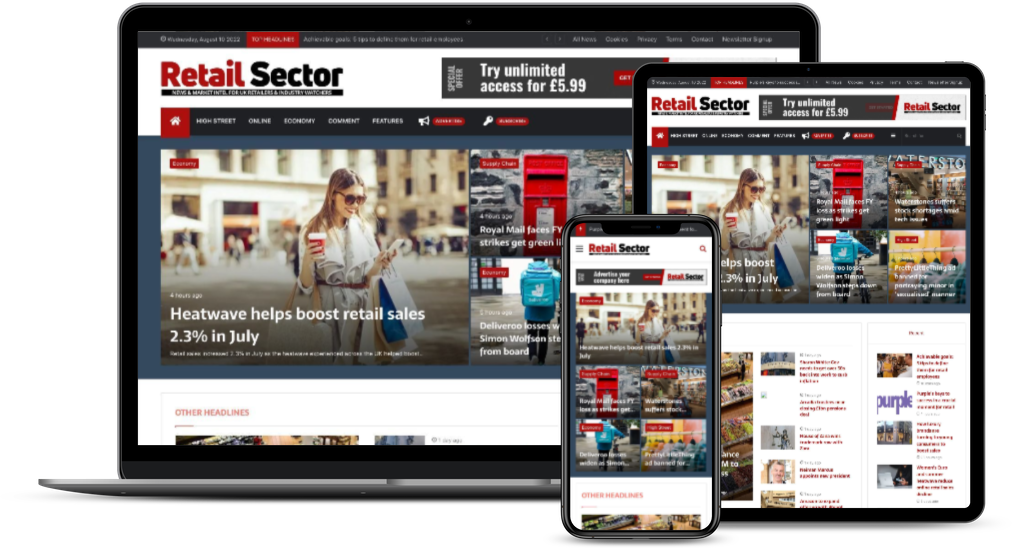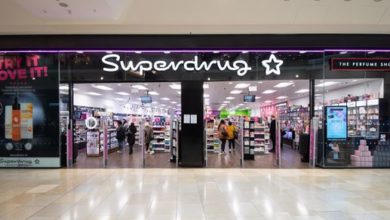How retailers can reduce cart abandonment rates
Rita Braga Martins, senior CRM strategist at Ometria

Covid-19 restrictions have radically altered consumer shopping behaviours over the past year. While brick and mortar stores used to be at the forefront of consumers’ minds, e-commerce is now the first point of contact for anyone looking to shop.







